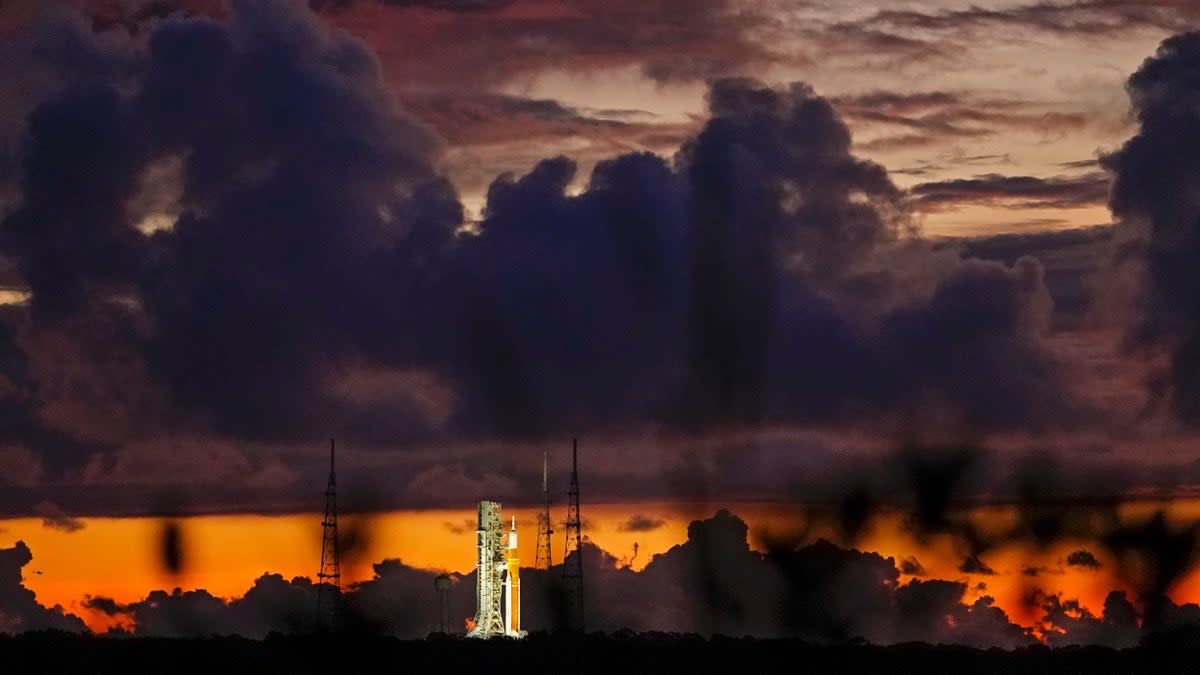Nasa Moon rocket: What does it mean when a launch is ‘scrubbed’ – and why does the space agency say it?

As Nasa’s Moon rocket sat on its launchpad on Saturday, the space agency made an announcement that many had feared, but which to some was unclear: the launch was being scrubbed.
The word is common at Nasa and other organisations that launch rockets, such as SpaceX. And while its meaning is fairly straightforward, its history and implications might not be quite so clear.
In the simplest terms, if a launch is scrubbed then it has been cancelled. The rocket in question will not be launching that day.
But in that case it has notably not been cancelled. That would suggest that the launch is no longer happening, but a scrub is explicitly temporary and implies that the team will come back and try again.
Nor has it necessarily been delayed. Sometimes, Nasa will push back a launch – as the Artemis rocket waited for problems to be fixed, its countdown was paused – and then actually be able to launch it at some later point in the launch window, which is usually a couple of hours long.
Scrub avoids either of those meanings, in a situation where the precise implications of words are key. Its closest synonym is probably postponed.
Still, origins of the term are unclear. It is likely to date back to the Navy missions that preceded Nasa and from which much of its history comes – back then, flights were written on a chalkboard, so that any mission that was no longer happening could be “scrubbed” off that list.
Nasa’s use of “scrub” still maintains that implication: the launch in question was postponed, not delayed or cancelled, and the team will try again.
That happens quite a lot, because of the low tolerance for risk and the high consequences of any particular danger. After the first Artemis launch was scrubbed, for instance, Nasa reminded the public that the same regularly happened during the Space Shuttle programme, with which the new rocket shares some parts – and that it was an important way of preserving the safety of the human crew it was carrying.

